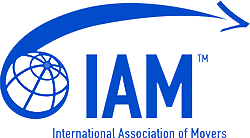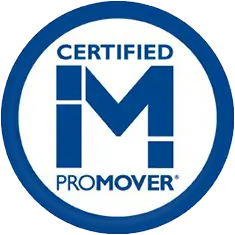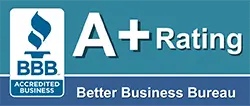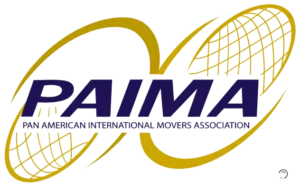Employee training is a vital component of success in the moving services industry. Not only does it enhance operational efficiency, but it also significantly affects customer satisfaction and business reputation. In an industry where physical demands and customer interactions are paramount, a well-trained workforce is essential. This article delves into various aspects of employee training within moving services, highlighting its importance and impact.
Understanding the Role of Employee Training in Moving Services
To fully comprehend the significance of employee training in moving services, it is essential to define what it encompasses. Employee training refers to the processes and activities designed to improve the skills, knowledge, and competencies of employees. In the moving industry, this can include both technical skills related to logistics and customer service skills for better interactions.
Defining Employee Training in the Moving Industry
In the context of moving services, employee training involves preparing workers to handle various tasks efficiently—ranging from packing and loading to driving and customer service. This training is critical as it ensures that employees are equipped with the tools they need to perform their jobs effectively while maintaining safety standards.
Why Employee Training is Crucial in Moving Services
Training in the moving industry is not just beneficial; it is necessary. Factors such as high employee turnover rates and the demanding nature of the job highlight the need for quality training programs. By investing in employee training, moving companies can foster a culture of professionalism and reliability. This leads to a more prepared workforce that can handle challenges adeptly.
Moreover, effective training programs can significantly enhance employee morale and job satisfaction. When workers feel competent and confident in their roles, they are more likely to take pride in their work, which translates into better service for customers. For instance, well-trained employees are less likely to make mistakes during the packing and loading processes, thereby reducing the risk of damage to clients’ belongings. Additionally, training can include modules on conflict resolution and effective communication, equipping employees to handle customer inquiries and complaints with poise and professionalism.
Long-term Benefits of Employee Training
Beyond immediate performance improvements, the long-term benefits of employee training in moving services are substantial. Companies that prioritize training often experience lower accident rates, which not only protects their employees but also minimizes liability and insurance costs. Furthermore, a well-trained workforce can lead to increased efficiency, as employees who understand best practices and company protocols can complete tasks more swiftly and accurately. This efficiency can result in higher customer satisfaction rates, as clients appreciate timely and careful service. In an industry where reputation is everything, the investment in employee training can pay dividends in the form of repeat business and positive word-of-mouth referrals.
The Impact of Well-Trained Employees on Service Quality
Well-trained employees can make a significant difference in service quality, which directly impacts customer satisfaction. The first impression a customer gets during a move often determines their overall experience and their likelihood of recommending the service to others. This initial interaction sets the tone for the entire process, influencing how customers perceive the professionalism and reliability of the service. A well-prepared team can turn what is often a stressful experience into a seamless transition, showcasing the value of investing in employee training.
Enhancing Customer Satisfaction through Training
When employees are properly trained, they are more confident and capable of handling various scenarios that arise during moving services. This confidence translates into better customer interactions, leading to higher satisfaction levels. Knowledgeable employees can answer questions effectively, manage expectations, and provide a smooth service that leaves customers happy. Furthermore, training programs that emphasize communication skills and empathy can empower employees to connect with customers on a personal level, fostering trust and rapport. This emotional engagement not only enhances the customer’s experience but also encourages repeat business and referrals, which are crucial for the growth of any moving company.
Reducing Service Errors with Adequate Training
Service errors are detrimental to a moving company’s reputation and can lead to financial losses. Erroneous charges, damaging customer belongings, or miscommunication about services can all create significant setbacks. Adequate training minimizes these errors by ensuring that employees understand their roles and responsibilities, as well as the specific protocols for handling customer requests. Additionally, ongoing training sessions can keep employees updated on the latest industry standards and technologies, further reducing the risk of mistakes. By fostering a culture of continuous improvement, companies can not only enhance their operational efficiency but also build a strong foundation of trust with their clients, ultimately leading to a more robust and resilient business model.
Key Areas of Training for Moving Service Employees
Focusing on essential areas of training can make a considerable impact on overall service delivery. Different aspects of moving, from technical skills to interpersonal communication, need distinct training strategies that cater to specific challenges faced in this industry.
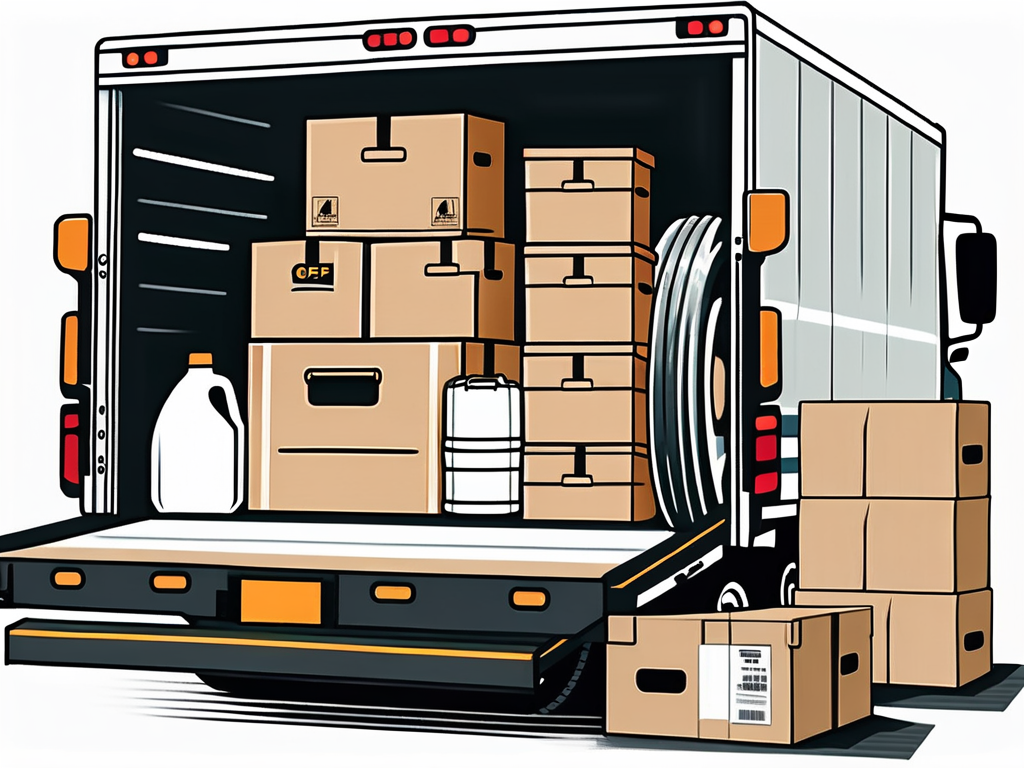
Technical Skills Training for Movers
Technical skills training is fundamental in the moving industry. This may include proper techniques for lifting heavy items, understanding the dimensions of different vehicles, and utilizing equipment safely. Incorporating safety protocols into the training ensures that employees not only protect themselves but also safeguard customer belongings. Additionally, training should cover the use of specialized tools such as dollies, straps, and padding to prevent damage during transit. Knowledge of loading and unloading procedures that maximize space and minimize risk is equally important, as it can significantly influence the efficiency of the move and the safety of the items being transported.
Customer Service Training for Better Interaction
Aside from technical skills, customer service training is vital. Employees should be taught how to communicate effectively, engage with customers warmly, and handle complaints professionally. A dedication to customer service fosters positive relationships and encourages loyalty, transforming first-time customers into repeat clients. Furthermore, training should include role-playing scenarios to prepare employees for various customer interactions, from answering inquiries to managing stressful situations during a move. This proactive approach not only enhances employee confidence but also equips them with the tools to create a seamless and pleasant experience for customers, which is crucial in an industry where word-of-mouth referrals can significantly impact business growth.
The Long-Term Benefits of Employee Training
Investing in employee training is not just a short-term strategy; it is essential for sustained growth and development in the moving services industry. Ongoing training initiatives can yield substantial returns in areas such as retention and operational efficiency.
Retention and Loyalty: The Byproducts of Training
Companies that prioritize training often see improved employee retention rates. Workers are more likely to feel valued and satisfied in an environment where they receive opportunities to grow. When employees are loyal, this significantly reduces recruitment and training costs associated with high turnover.
Training as a Pathway to Business Growth
A well-trained workforce can adapt to changes and innovations in the moving industry more readily. Embracing continuous training allows companies to stay competitive. As employees acquire new skills and knowledge, they contribute to overall business growth and development.
Implementing Effective Training Programs in Moving Services
For moving companies to successfully implement training programs, a structured approach is necessary. Identifying the specific needs of employees and designing curricula that address those needs can lead to effective outcomes.
Steps to Design a Successful Training Program
- Identify training objectives based on the company’s goals.
- Assess employees’ current skills to tailor training methods.
- Utilize a mix of training methodologies, including hands-on workshops and online courses.
- Schedule regular training sessions to reinforce skills and knowledge.
- Solicit feedback from participants to improve future training.
Evaluating the Effectiveness of Training Programs
To ensure that training practices are achieving desired outcomes, regular evaluations are crucial. Monitoring key performance indicators (KPIs), customer feedback, and employee performance post-training can provide insights into the effectiveness of programs. This cycle of assessment and adjustment ensures that the training remains relevant and impactful.
In summary, employee training is a cornerstone of success in the moving services industry. By prioritizing training efforts, companies can develop a skilled workforce that enhances service quality, customer satisfaction, and business growth. As the industry evolves, continuous training remains imperative to overcoming challenges and meeting customer expectations.









